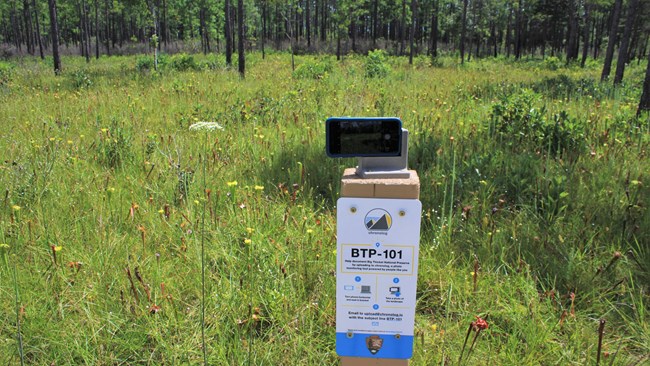Chronolog Time-Lapse ProjectAnyone can be a citizen scientist! Use your phone to help us record changes in the environment while you explore the preserve.

NPS Photo / Scott Sharaga Photo Station #1
|
Last updated: June 26, 2021
Chronolog Time-Lapse ProjectAnyone can be a citizen scientist! Use your phone to help us record changes in the environment while you explore the preserve.

NPS Photo / Scott Sharaga Photo Station #1
|
Last updated: June 26, 2021